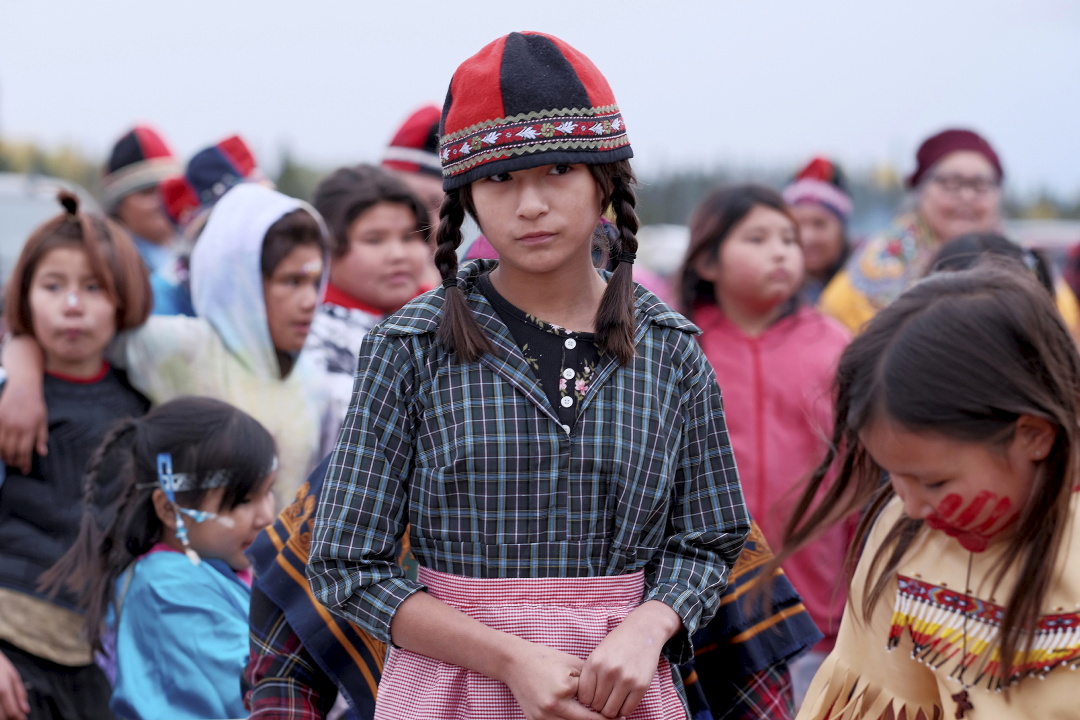
VANCOUVER, B.C. – Canada’s first National Day for Truth and Reconciliation saw a national outpouring of grief and anger over indigenous residential schools, and the genocide of Canada’s aboriginal peoples.
Now that the day’s drums are stilled, the joined voices of lament silenced, the symbolic orange shirts doffed, flames of sacred fires become ember, what?
What comes next?
The answer is deceptively simple: Canadians follow the path mapped by the 2015 final report of the Truth and Reconciliation Commission of Canada.
The commission was tasked with telling hard “truths” – and the near-impossible goal of “reconciling” Canada’s century-long removal of Indigenous children from their families and communities. Some 150,000 children were taken, often by armed police officers, and placed in 139 Indian Residential Schools run by religious and state institutions. Few of the survivors, or their descendants, are unscathed.
Canada’s residential school system for Aboriginal children was created, noted the report, to separate children from their families, “minimize and weaken family ties and cultural linkages, and “indoctrinate children into a new culture …
“Children were abused, physically and sexually,” it stated. “They died in the schools in numbers that would not have been tolerated in any school system anywhere in the country, or in the world.”
The report’s 94 calls to action are clear, from child welfare to including Treaties with Indigenous Peoples in the Oath of Citizenship.
Whether Canada will act on them is the question. The list has received but scant attention in the six years since it was issued.
Worse, almost nothing on the list ought to have required a formal call to action – if Canada were indeed the “bastion of democracy, peace, and kindness” it claims to be, as the commission noted.
For generations Canadians have known about, and ignored, the country’s attempted genocide, and the continuing impact of its efforts to destroy the first human inhabitants of this land.
The first official report was likely in 1904 by Dr. Peter Bryce, the government’s chief medical officer overseeing the health of indigenous Canadians. From 1904 to 1921 he reported on the deprivation, disease, and deaths, in residential schools. Dr. Bryce’s reports were suppressed by government officials, and only after he was fired did he publish them, in 1921.
A century after Dr. Bryce’s revelations, Canada’s gruelling history of genocide is now in plain sight for all to see. Ground-penetrating scans were used this year to begin identifying the mass, unmarked graves surrounding many residential schools.
How does a people move forward from such truths?
A National Day for Truth and Reconciliation is something – but nowhere near enough. Almost every morning Canada’s government sends out an anodyne statement to commemorate some national or international day. Most are meaningless at best, virtue-signalling at worst.
Canada will need every day to tackle its national shame.
Wrote the commission in its final report:
Getting to the truth was hard, but getting to reconciliation will be harder. It requires that the paternalistic and racist foundations of the residential school system be rejected as the basis for an ongoing relationship. Reconciliation requires that a new vision, based on a commitment to mutual respect, be developed. It also requires an understanding that the most harmful impacts of residential schools have been the loss of pride and self-respect of Aboriginal people, and the lack of respect that non-Aboriginal people have been raised to have for their Aboriginal neighbours.
As the commission noted, Reconciliation is not an Aboriginal problem; it is a Canadian one.


